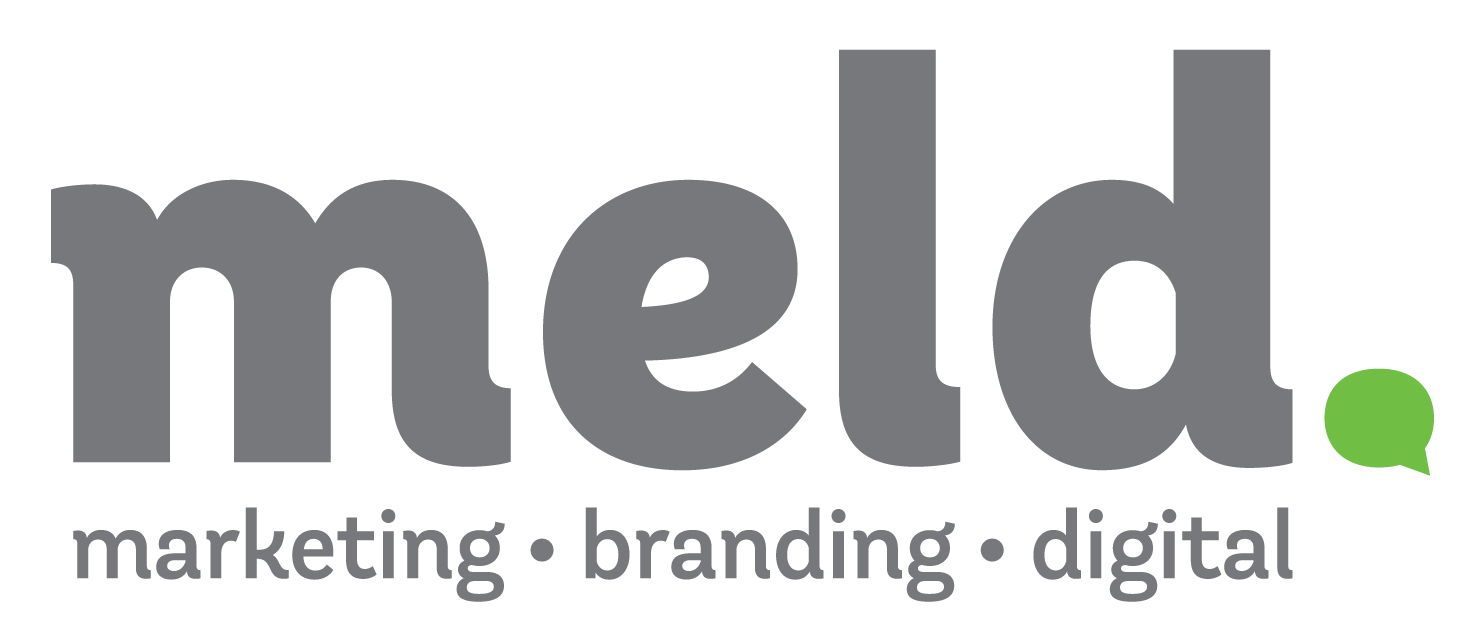When a crisis occurs, companies often look to their marketing team to ask “what now?” Some already have a crisis management plan and process in place. Others may be starting from scratch. Either way, it’s likely even the best plans weren’t prepared for the severity of today’s coronavirus public health emergency. Social distancing, remote working, and closing of non-essential businesses create a new level of complication.
Marketing teams everywhere are being pushed to provide quick pivots to communicate with a wide variety of audiences (customers, partners, internal teams) across many channels.
Below is a marketer’s checklist of 10 items to get you and your team focused as you outline a crisis communications plan that keeps key audiences up-to-date and maintains your brand presence and tone.
1. Keep Your Customers Informed
Over the past weeks, we have all received emails from companies explaining what they are doing in response to the coronavirus. We recommend you email your recent customers to let them know of any changes to your business operations. For the sake of the reader, keep it short and simple. If needed, refer them to your website where you can post additional information. Also be selective on who receives this communication. If you’ve not emailed this person in years, consider if it makes sense to include them now. If you don’t have email addresses, consider making personal calls.
Friendly reminder: Don’t forget your staff! They need to be aware of your announcements in advance of your customers.
2. Update Your Business Hours
This is especially important if your business has temporarily closed its doors, changed hours, or is limiting services. For example, Meld is still open for business, and our staff are all working remotely, so we may not need to modify anything. However, if you are a school, salon, gym, or other business ordered to close, you may want to update your hours on all digital platforms. This includes your website, social media “about” pages, Google My Business, Yelp, and other online sites. There is an option for “temporarily closed” on Google My Business that may meet your needs.
3. Let Your Brand Respond
If your brand was a person, how would they respond in this situation? Would they be out volunteering? Raising funds or making donations? How can your company help the situation? Take action. Don’t sit back and wait for it to all blow over. Consider how you can make a positive difference and do it. Not for the accolades or recognition, but because it is the right thing to do.
Consider how you might partner with other companies (if necessary). Think about the Cedar Ridge Winery and Distillery who is currently creating large batches of hand cleanser using excess alcohol, and partnering with other companies who have packaging available. Or NewBoCo in Cedar Rapids who is helping to coordinate the production of face shields using 3D printers.
But, should you promote it? Here’s the key question to ask yourself: If you promoted it, would it seem like you are taking advantage of the crisis (being self-serving)? Or, is it something people need to know or support in order for your effort to be successful? The answer to those questions should help you determine if you should post or promote your effort.
“Integrity is doing the right thing even when no one is watching.” – C.S. Lewis
4. Check and Pivot Your Content Calendar
In February, you may have planned out your March social content calendar as usual, following your standard content strategy. Seeing posts that appear to be “business as usual” without acknowledging today’s environment can be off-putting. This may mean a total shift or major modification to your content strategy. You can reinstate your previous “standard” strategy when the timing feels right.
During this time on your social media:
- Keep your social posts positive and supportive.
- Focus less about your business and more about your customers and their well-being.
- Show connections to people and families.
- Show support for local businesses and encourage people to shop locally (take out/delivery, gift cards, online shopping).
- Show support for and thank employees at essential businesses (healthcare professionals, first-responders, grocers, food producers, transportation/trucking, postal services, utilities, etc).
- Reinforce the message to stay home and socially distance.
- Ensure images and content don’t contradict current restrictions in your area.
- Community manage your posts; provide responses to people who comment on your posts.
- Avoid posting anything potentially controversial, especially around the coronavirus, politics, or illnesses.
If you normally use email campaigns to reach your customers, consider how those should be modified. Maybe your next sale or promotion isn’t the top story (as usual). Instead, focus on your team, your customers, and your partners. If your product or service can be beneficial in this time, discuss how it can be used in an alternative way. Consider sharing some good news, how your team is adjusting to working from home, or discuss something you are offering online.
5. Adjust Advertisements (As Needed)
Consider if your advertisements need a different focus. Whether it’s Google Ads, television/OnDemand, radio, or even NPR underwriting, review your messaging and determine if you need to make adjustments. You might need to adjust your language from “come in and stroll through the store” to “shop online at…”. Television or OnDemand commercials can be easily revised with an updated voiceover or change of on-screen visual.
If your ad campaigns depict people gathering together for a party or attending a performance, should you continue to use them right now? Maybe it gives people something to aspire to when things get better. Maybe it will seem irrelevant to today’s audiences because it is promoting something they can’t do or use. Consider how your targeting for those advertisements might need to shift, along with the language or visuals for those ads.
6. Consider Facebook Live or Instagram Live Events
If you are a retailer used to people coming in to browse, consider how you can use Facebook Live or Instagram Live. These events can allow multiple viewers at a time, and provides a way for them to comment, ask questions, and engage! Check out our best practices blog for Live events!
Not too comfortable on-the-fly? Prefer to plan out your video content and want to have retakes? Regular video content is still important, especially now as people are consuming lots of video content at home.
7. Innovate and Problem Solve
Thomas Edison once said: “There’s a way to do it better – find it.”With challenges come opportunities to creatively overcome those barriers. How can you adapt “business as usual?” If you can no longer meet clients face-to-face, what can you do to engage with them virtually? If your restaurant has food that is going expire, what can you do to keep it from going to waste? If you were planning on exhibiting at upcoming trade shows, how else can you engage those same attendees?
Remember: While it may be new to you, there may be competitors or companies in other industries who have been doing it for years. If it might work, give it a shot!
8. Listen to Others
Monitor the social media accounts, incoming emails, and websites from your competitors and aspirational brands for ideas. See how they are responding. If others have made a significant change to how they are operating, consider if you should follow that lead or if there is a reason to go another direction. You can also see if they are replicating your efforts and using you as an example.
9. Plan for Staff Absences
You never know if that marketing colleague you count on might be exposed or out ill. During this time, it is important to have out-of-office plans for all staff members – even if a vacation isn’t on the books. The plan should outline daily duties and projects they are currently supporting, as well as links to relevant files or instructions. On Fridays, ensure all employees have updated their plans. How detailed should you get? Imagine someone who doesn’t know your role was asked to step into your position for two weeks. Provide what they need to know to drive projects and daily practices forward.
10. Maintain Your Brand Promise
During this time, do what you can to help keep your commitments to customers, partners, and employees. Everyone is doing their best to be understanding and flexible. We know this is a challenging time, but we also know people need consistency now more than ever. If they expect certain types of service from you, what can you do to provide that service? If they expect a certain quality of products, can you still provide that during this time?
Help to reinforce confidence in your customers that will see you making it through to the other side of this crisis.
Need Additional Advice or Guidance?
Meld stands ready to support our current clients and new customers. Not sure what to do with your email marketing, social media, Google Ads, website development, or other marketing initiatives?Reach out to us! Whether providing consultation or serving as your extended marketing team, we can help you brainstorm potential solutions! There’s never an obligation for an initial conversation, so let’s chat!



